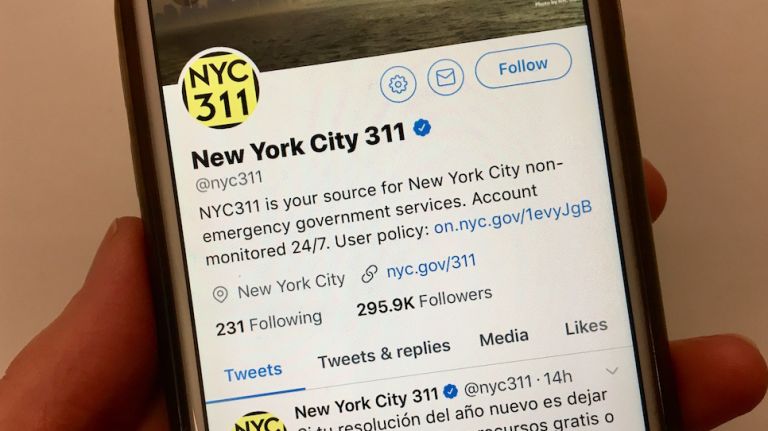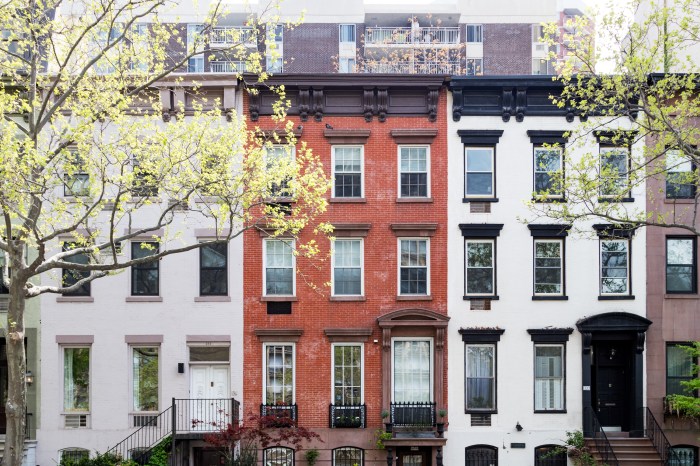Every decade, following the U.S. Census, legislative boundaries are adjusted to reflect changes in the population. Nationally, this involves congressional districts while statewide, it involves the Assembly and Senate districts.
For New York City, it will reshape the 51 City Council districts. The New York City Charter establishes a Districting Commission to carry out this important function, essential to the operation of our city’s government.
Over the next few months, the Districting Commission will undertake this important task. The Charter provides the commission with criteria it should use in creating the district lines. Applying the constitutional standard of “one person, one vote,” the districts must be of essentially equal population. And in complying with the Federal Voting Rights Act, the districting plan must provide an opportunity for members of the “protected classes” (blacks, Hispanics and Asian-Americans) to elect candidates of their choice.
The charter also encourages consideration of so-called “communities of interest,” as well as observing certain technical features. For example, districts are to be compact and contiguous, not be twice as long as they are wide, or have many jagged lines. Districts should respect county boundaries.
In our coverage area, for example, one question might be whether — especially, after the recent contentious City Council vote to approve the N.Y.U. 2031 development plan on the superblocks — should this area be kept in Lower Manhattan’s District 1? Do the superblocks’ residents “share interests” to a greater degree with residents in District 3 (Greenwich Village, Chelsea and Hell’s Kitchen) or possibly District 2 (the East Village)?
Also, should District 3’s eastern boundary be Fifth Ave., or — as former Councilmember Carol Greitzer advocates — would it be better if Greenwich Village were “unified” by including the area all the way over to, say, Bowery/Fourth Ave.? This would mean District 2 would lose this area.
Should Soho be shifted out of District 1? Does opposition by many Soho residents to a proposed Soho Business Improvement District mean they have more in common with residents living in District 3?
Neighbors who have strong feelings on these issues are encouraged to turn out at the hearings to voice their feelings.
However, just testifying, for instance, that a particular district’s councilmember didn’t vote on a certain issue how residents would have liked won’t impress the commission. Residents must convey why adjacent blocks or neighborhoods share — or don’t share — common interests, why they should be united, or split off.
The commission’s districting plan will be subject to review by the City Council and, in final form, to approval by the U.S. Department of Justice (or the federal district court in the District of Columbia).
As part of its first round of hearings, the Districting Commission will be holding a Manhattan public hearing on Thurs., Aug. 16, at New York Law School, 185 West Broadway, from 5 p.m. to 9 p.m. The public is invited to pre-register for speaking time or submit written testimony at nyc.gov/districting, where the schedule of hearing dates is also listed.
The commission is slated to produce maps of proposed district lines by early September. A second round of public hearings will be held in October. The City Council will vote on the revised lines in early November. However, if the Council rejects the revisions, it will trigger another round of hearings to be held by March.
The commission’s 15 appointed members are drawn from all the boroughs and reflect the city’s diverse population. All New Yorkers are eligible to give testimony at the districting hearings. Our democracy is enhanced by such participation — when people make their voices heard, and make their votes count.


















